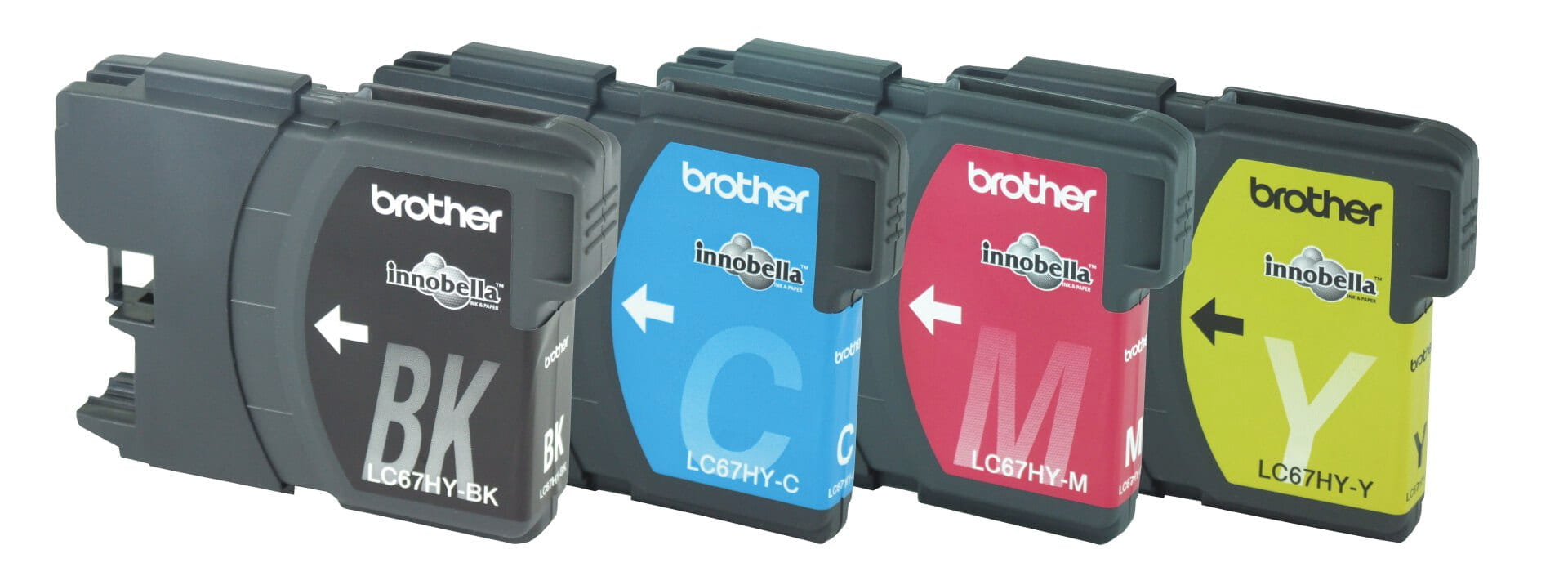How to make printing part of your sustainability efforts

Creating a more “green” corporate culture and safeguarding the environment are common goals today, and ones that organisations can address in a number of ways. Sustainability can even come from surprising sources, with programs not commonly associated with conservation yielding impressive gains. One such example is printing and related processes. When companies think carefully about their choice of equipment and processes, they can create printing systems that deliver green advantages while simultaneously improving their printing, scanning and overall document management workflows.
The answer does not necessarily lie in going paperless. That simply isn’t an option for all businesses, nor is it wholly necessary to banish paper for an organisation to have a positive environmental impact. Companies may find ample opportunities for improvement that are relatively easy to adopt, potentially involving the use of a Managed Print Service (MPS).
Joining the wave of green transformation
Any large enough company likely already has an eco-conscious strategy in mind. Quocirca explained that organisations are coming to the realisation that the current model of using up resources and generating waste is not sustainable and will lead to long-term consequences. Rather than sitting out the transformation sweeping through industries, companies in the print sector have become active participants in reinventing the way businesses consume raw materials.
The new vision of a “circular economy” represents a change from present practices. Under such a model, businesses will step up their efforts to reuse and recycle materials wherever possible. This may be as simple as recovering used consumables, which is already a system used by some companies. Recycling is also entering the supply chain elsewhere, with more post-consumer content in paper.
Quocirca noted the importance of printing manufacturers and resellers getting involved in sustainability. Business IT leaders have started to look to their printing providers for this service, with 57% of decision-makers expecting the print industry to be in leading sustainability initiatives by 2025. Fortunately for these department heads, printing organisations’ offerings are more attuned to sustainability than ever before. The advantages are there for companies willing to implement them.
Finding sites for transformation within a company
The idea of becoming more sustainable can be daunting. Leaders could wonder where to start, and that uncertainty may slow down their responses. When broken down into discrete categories, however, the opportunities for quick and impactful green projects are clear. Making moves in one of the following three areas can help an organisation lessen its environmental footprint. Combining two or three of them can heighten the impact.
Hardware selection
A company still using outdated printers, scanners and copiers may be unable to take advantage of the green features that have emerged in recent years. This is one reason for businesses to select MPS strategies that come with a refresh of printing equipment. Inefficient older models could be causing problems ranging from excessive power consumption to a lack of support for the modes and functionality present in the latest devices. Leaders who believe all printers are the same could be missing out on green advantages.
Feature usage
It’s not enough to possess a printer that contains power-saving settings or ink-conserving modes. Leaders have to ensure these features are activated and being used to their utmost potential. An MPS provider can work with the organisation’s IT department to pick the right settings for the company’s needs, delivering performance that meets expectations while still consuming fewer resources than with outdated hardware. One potential problem may involve companies managing their print device fleets through power-consuming in-house servers rather than operating in the cloud, which represents another relatively direct way to become greener.
Governance practices
The way in which people use their printers, scanners and other devices is as important a component of a sustainable print policy as choice of hardware or use of features. Fortunately for companies that work with an MPS provider, it’s possible to adjust everyday print practices through the use of centralised rules. For example, page limits for each user can prevent large jobs from consuming unnecessary amounts of resources, and setting devices to default to two-sided printing mode can drastically reduce paper needs. Simple improvements to scanning and digitisation workflows can also have positive environmental impacts, by ensuring employees only use physical documents when they need to.
Matching print priorities to a business’s needs
One important thing to keep in mind when managing a company’s print settings is the fact that no two organisations are exactly the same. This is also a reason to work with an MPS provider. The customised, hands-on service that results from this contract can deliver a solution that meets leaders’ strategic priorities while also cutting back on the wasteful use of electricity, toner, paper and more.
For example, companies that serve in heavily regulated spaces may not be able to move away from physical record-keeping. Therefore, to cut back on their resource usage these businesses have to learn how to become more efficient with the way they produce and store the documents. That could entail using a draft-quality print mode for internal papers that do not need a slick, professional experience, or switching to two-sided black-and-white printing instead of one-sided full colour. These businesses can also move their print servers to the cloud to save on their electricity bills, provided they can stay in compliance while utilising off-site computing.
Other businesses will have an even more straightforward path to savings and sustainability, embracing scanning and digital document management in the majority of cases and purchasing modern printers or multi-function devices that draw significantly less power than older models. By switching a device into a deep sleep mode, a company can limit its electricity consumption to a bare minimum. Spread this savings out over multiple devices and years of service, and the total will add up to a high figure.
No matter what strategy is best for a particular office, working with the right MPS provider is a critical decision that comes early in the process of transformation. Companies that work with Brother have access to expertise, hardware and digital solutions that have already helped hundreds of organisations to reach their potential.
Download our free eBook for a more detailed look at sustainability options or contact us to request a free print assessment.

Resource Library
Be the first to receive exclusive offers and the latest news on our products and services directly in your inbox




